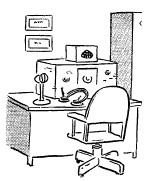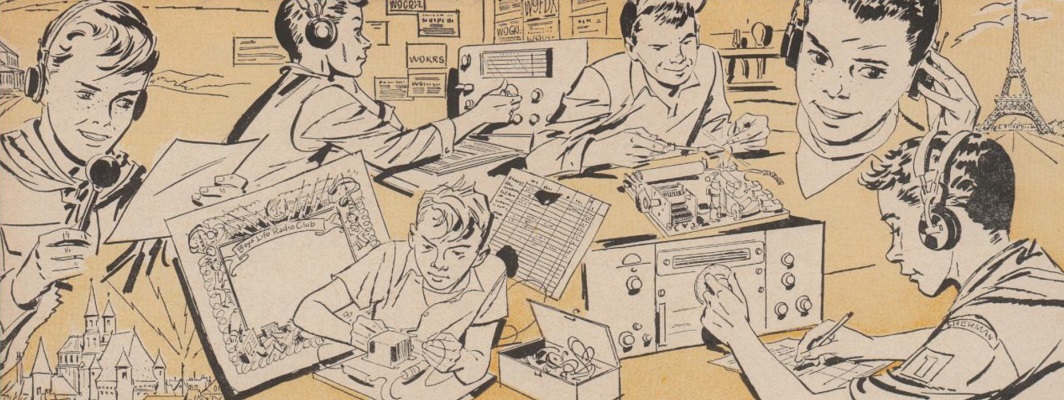 Over winter break I have been putting in a lot of time behind the radio. Here’s the wrap up:
Over winter break I have been putting in a lot of time behind the radio. Here’s the wrap up:
First – more DX. In general, this is a good time of year to catch hams behind their rigs. Some contacts that I am particularly proud of:
4U1WB, The World Bank in Washington D.C.
ZD7DL, St Helena Island
WH6S, Kauai
C5YK, The Gambia
9H5BZ, Malta
MI5AFK, Northern Ireland
FG5GP, the island of Guadeloupe
ZS6TVB, South Africa
EA8DAZ, Canary Islands
VP2ETE, Anguilla
Second – working a lot of DX. There is the 90th anniversary of the International Amateur Radio Union (IARU) special event activations. Plenty of good DX participating in this and working multiple bands.
Cuba
Bermuda
Finland
Germany
Aruba
Venezuela
Jamaica
Ireland
Italy
Slovenia
Brazil
Third – working Santa (aka AA4EE) on Christmas Eve. The girls really enjoyed telling Santa what they wanted. Thank you Santa!
Four – joining the OMISS and the 3905 Century Club nets. I am not sure if I fully understand these nets. I get the convenience in pursuing Worked All States awards. That makes sense. However each club also has an additional bevy of other types of awards. The actual contacts during the nets seem a bit unfulfilling. But I may not yet fully understand these nets. I need to thoroughly read all the literature.
Five – Log of the World: I have uploaded the vast majority of my logs. I mentioned before about uploading my YI9MI logs. I also went back and uploaded my log from KD7PJQ back in Virginia. The logs from Korea (HL2/AD7MI and HL9MI) are now uploaded. All my logs using AD7MI have been uploaded.





 Spinning & Grinning has been quiet for too long. Life here in Korea has been really quite busy. But I can’t complain about the commute, with my quarters only a short three minute hike to the bunker where I work. I don’t go off the camp here nearly as much as I should. By the time I get to my room after work, I am usually just too tired to make the effort. Summers in Korea are HOT. Not Iraq hot, but more of a Georgia heat… with all the humidity. I don’t have a car here, so all my movement is on foot and using public transit. The summer made it fairly uncomfortable to go out and explore. Now the summer is gone and the weather is just right, in my opinion.
Spinning & Grinning has been quiet for too long. Life here in Korea has been really quite busy. But I can’t complain about the commute, with my quarters only a short three minute hike to the bunker where I work. I don’t go off the camp here nearly as much as I should. By the time I get to my room after work, I am usually just too tired to make the effort. Summers in Korea are HOT. Not Iraq hot, but more of a Georgia heat… with all the humidity. I don’t have a car here, so all my movement is on foot and using public transit. The summer made it fairly uncomfortable to go out and explore. Now the summer is gone and the weather is just right, in my opinion.